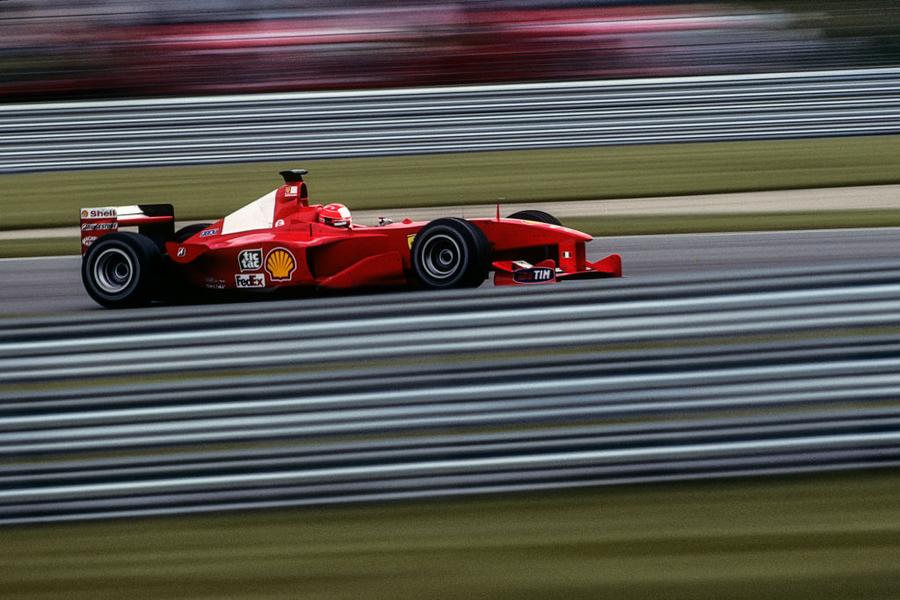It is common knowledge that the ultra-rich have a liking and habit of collecting different expensive items. If you have enough money, cars make up a great collectible. Most recently, real race cars have become a collecting trend among the ultra-rich, as highlighted in a Bloomberg story.
For instance, take the Ferrari F1-2000 that Formula 1 legend Michael Schumacher used in his first World Championship in 2000. It sold for an unrevealed amount at a private auction, but the presale estimates from Sotheby’s auction house valued it at around $9.5 million.
The cars used in real competitive races were once destined for the scrap heap after the races were over. However, based on a statement by Andrew Olson of SM Sotheby’s, things have changed:
“These cars used to be difficult to sell, and people were scared off by them. Now, people are recognizing their historic importance and their racing history, and their significance is finally being appreciated.”
Interestingly, Ferrari has launched a special program for owners of the “pre-raced” Ferrari automobiles. Corse Clienti lets members of that exclusive clientele race their treasures on tracks dotted around the world with factory support, for an appropriate fee.
Without this type of program, old race cars would only gather dust in the garage, since they are mostly not street-legal. They are also not known for their conveniences or comfort because they have been highly streamlined for enhanced performance and maximum speed in the majorly specialized circumstances of competitive racing.

They are also extremely expensive to maintain in working order. But for those people who love racing, according to Art Hebert of Motorsports Market, which primarily focuses on the sale of race cars to collectors, they are an enticing opportunity to own a piece of history:
“I was very typical as a kid, lusting after beautiful Ferraris and Jaguars but could never afford them. As time goes on, you raise your kids and they become self-supporting. You start thinking about: Now that I don’t have all this cash going out, I’ve got an opportunity to relive those moments I wanted as a kid. So we buy these cars Mario Andretti or Michael Schumacher raced, and we get to have that thrill, the rush, of what it must have been like to be Schumacher at the Grand Prix — and winning.”
Not everyone shares that intense enthusiasm for racing, not even all of these car collectors with Money and resources to collect them in the first place. Nevertheless, the market for these used cars has been growing significantly in recent years.
In 2017, another car that Michael Schumacher used for racing sold for $7.5 million. It was a record for a Formula 1 vehicle at the time. However, five years later the selling price was almost doubled for another Schumacher Ferrari that sold for $15 million.
Even in the lower price tiers in the space, used race cars are outselling their value estimates. Illustratively, a 1987 Kremer Porsche 962C recently sold for $900,000 against an estimate of $850,000, while a 1959 Lister-Chevrolet Sports Racer that was estimated to be worth $400,000 ended up selling for $423,000. These are not massive value increases but they prove the growing interest in owning the vehicles among rich collectors.
Despite all this money being spent, the market remains ‘largely undiscovered.’ Hence, you can expect more price records to get broken in the future. Olson commented:
“Why should a Ferrari F50 be worth only half the price of a Grand Prix-winning Michael Schumacher F1 car? They built 350 Ferrari F50s, but they built eight Ferrari F-2000s. I wouldn’t be surprised at all if five years from now the gap between great road cars and great Formula 1 cars has continued to widen.”
There are also track-used race cars that sell for considerably smaller amounts. Hence, it might be a good time to invest in one even if you are not a super-rich collector.